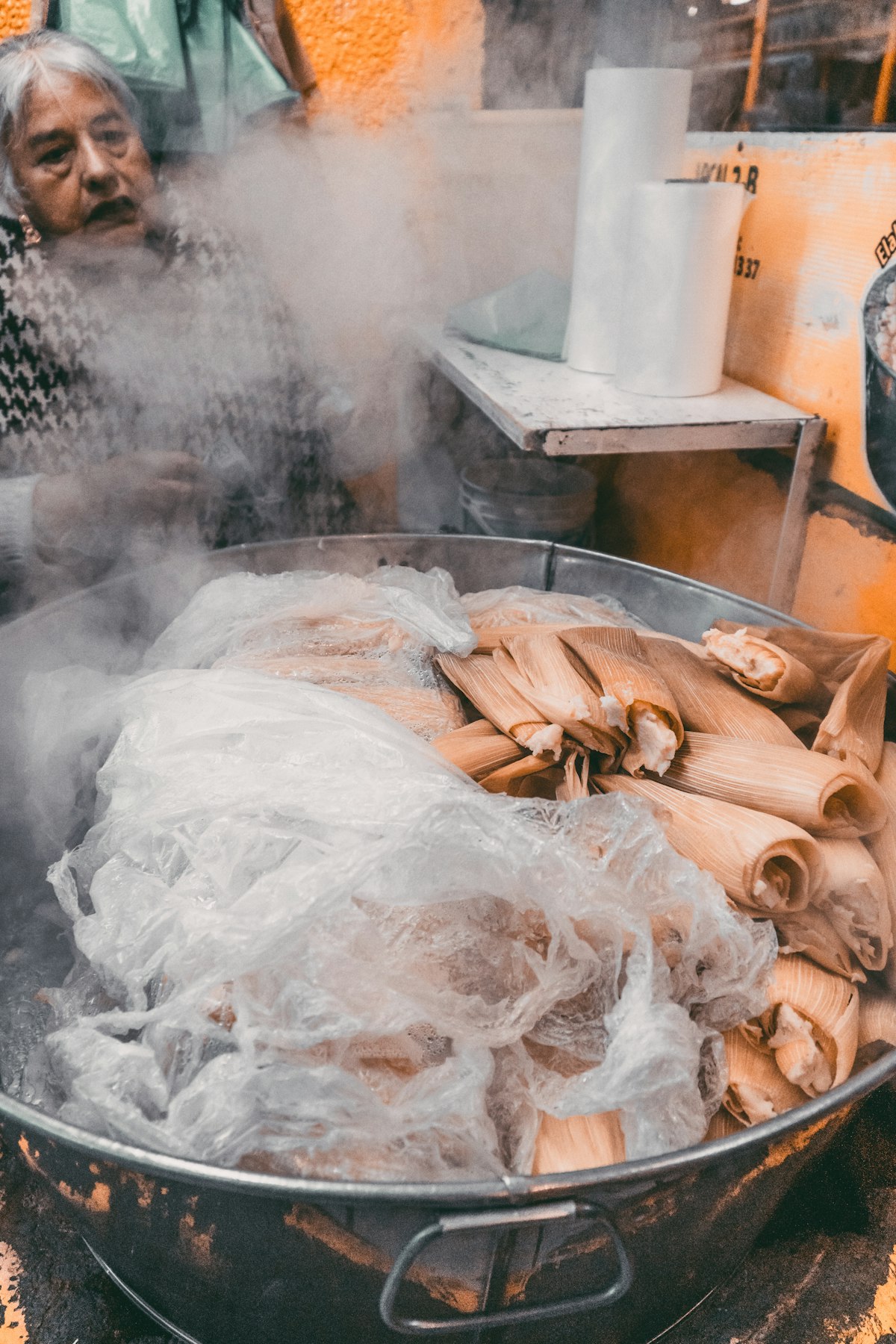Dia de la Candelaria: How do Mexicans celebrate February 2?
You found the doll in the bread roll! It's your turn to invite the tamales. Mexico is a country rich in culture, full of popular traditions, joy, celebrations, gatherings, and delicious typical dishes.

On February 2 or Candlemas Day, in the religious tradition, the period of Christmas festivities culminates. This day celebrates the purification of Mary - 40 days after the birth of Jesus - and the presentation of the child in the temple.
In Mexico this celebration comes from the syncretism of Spanish and indigenous traditions since it was brought by the Spaniards and coincides with the celebrations that the Mexicas made to the Tlaloques in honor of Tlaloc, God of rain, to begin the agricultural cycle.
On this date candles are also blessed to symbolize Jesus as the light of all men, hence the name of Candelaria, in some towns it is customary to bless the seeds to augur a good agricultural cycle.
How do Mexicans celebrate February 2?
It all begins on January 6 when the "Rosca de Reyes" is shared. This tradition of French origin dates back to the Middle Ages. However, in Mexico, it was established shortly after the conquest. The bread roll has several dolls inside that are hidden. Each tiny doll represents Baby Jesus when he hid from the soldiers because Herod ordered to kill all children under two years old. Whoever finds the Baby Jesus in the bread roll, becomes his godfather and automatically acquires the commitment to take care of him, dress him in new clothes and present him in the church on February 2 to bless him. Then he/she will invite tamales and atole.
The fact that it is celebrated with tamales and not just any dish is not a simple gastronomic whim. In Mexico, tamales have a ceremonial, "ritual" meaning, as they were an important element in the celebrations and offerings made to begin a new agricultural cycle. We have already talked about rosca and tamales, but have you ever wondered where the tradition of dressing the Baby Jesus comes from?
Mexico is the only country that has the tradition of dressing the Baby Jesus in new clothes on this date. According to research by the National Institute of Anthropology, "this tradition has its origins in the Middle Ages when it became an element that accompanied the nuns in their taking of habits".
Did you know that Mexico offers the widest variety of tamales in the world? In Mexico, they are elaborated from the simplest ones like the ash or bean tamales to the most exotic ones like "los tamales barbones" from Sinaloa or the biggest in the world - one meter long - "El Zacahuil". A real encyclopedia could be written about them.
The tamale is considered a pre-Hispanic dish made with corn and comes from the Nahuatl word tamali which means "carefully wrapped", as it is a food that is covered with corn leaves - totomoxtle in Nahuatl. Nowadays, some tamales are wrapped with corn leaves, banana leaves, and even carrizo, chilaca, or papatla.
The baby god expands the closet
This unique tradition of dressing the Child God every year with new costumes on Candlemas Day has given rise to a whole corridor in the Historic Center of Mexico City called the "Corridor of the Child God", located on Talavera Street in the area of Barrio de la Merced. Also on the corner of Talavera and Venustiano Carranza streets is the Plaza de Alonso García Bravo, where traditionally artisans, producers, and merchants gather to offer hundreds of costumes, accessories, and repairs for their Niño Dios.
The closet catalog of the Niño Dios is becoming more and more extensive, year after year new models for this peculiar figure are innovated or created, according to the needs of the population, such as the Niño Futbolero, for example. Among the best known costumes are El Niño de las Palomas, Santo Niño de Atocha, San Judas Tadeo, El Niño de la Abundancia, El Niño de la Esperanza, El Niño de la Salud, El Niño de los Milagros and El Niño del Sagrado Corazón de Jesús.
But if you do not want to move to another place to dress your Niño Dios, the Mercados Públicos also offer this service. According to the information gathered in Talavera Street, the stalls start to be set up from the second week of January, while in the public markets it is from 7 to 15 days before February 2. The vendors tell how the first year the Baby Jesus is dressed in white and lies down, the second year he is dressed standing up and the third year he is seated and placed on a chair.
Being a godfather may not come cheap, so the shared party is better. So agree with the other godparents who also had the fortune of finding the Baby Jesus in the Rosca de Reyes and divide the expenses, because depending on the number of guests, the size of the Baby Jesus, and the type of costume he/she wears, the expenses will depend on the number of guests, the size of the Baby Jesus and the type of costume he/she wears.
Recommendations
Plan your shopping, so you can calmly check the prices and qualities of the wide variety of products that exist in the market.
Check your finances and make sure you have enough money for the celebration and adjust to it, you can also look for cheaper substitutes.
Compare prices in several establishments, because for a quote of Oaxacan tamales or tamales wrapped in corn husks, atole, and a dress for a Baby Jesus of 20 cm, you can pay a difference between one establishment and another.
When choosing the filling of the tamales you are going to buy, consider the opinion of your guests, so you don't have tamales of one flavor and lack others.
Keep in mind that both tamales and atole are high in calories, so try not to overdo it.
If some of your guests like the so-called "guajolotas", don't forget to include the bolillos in your budget, maybe some of the guests will add cream or some other complement.
By Sharai Isabel Abaroa Silva, Source: Profeco's Brújula de compra.




